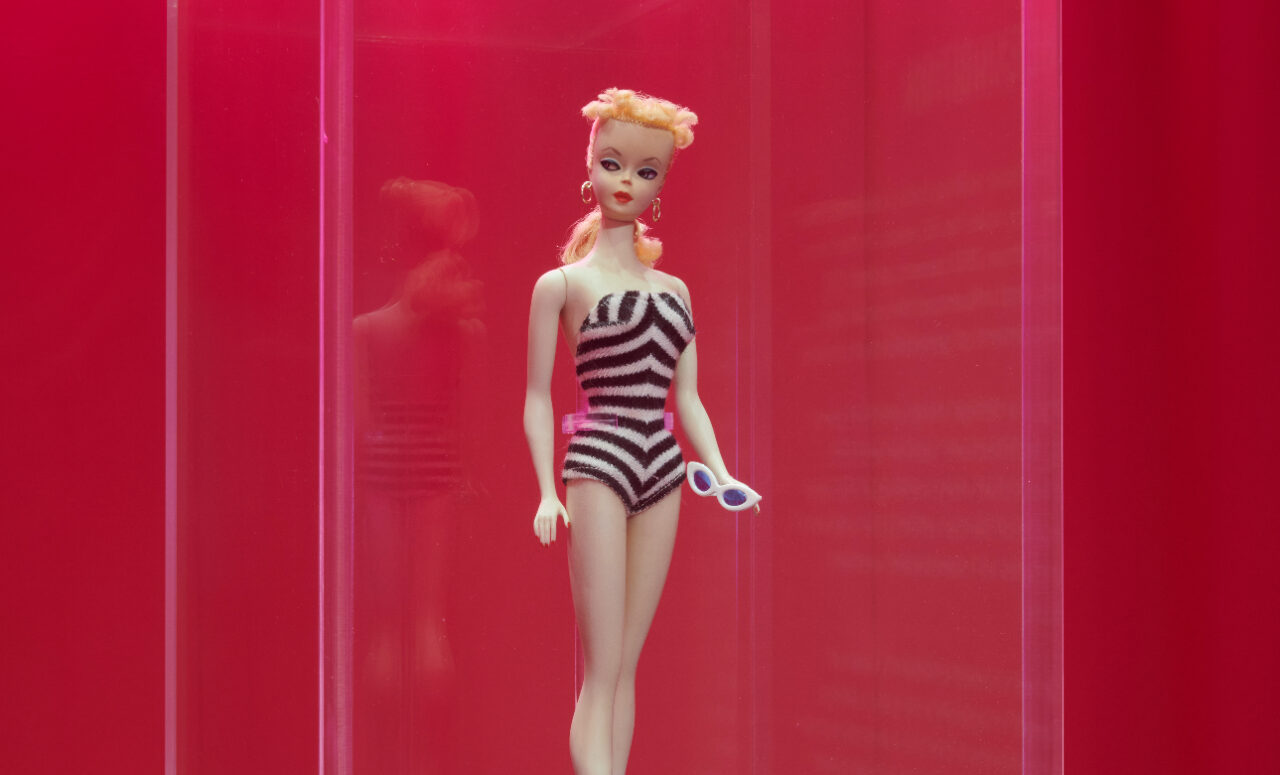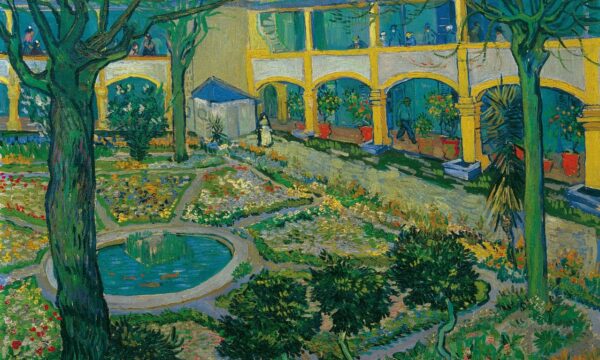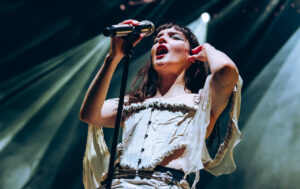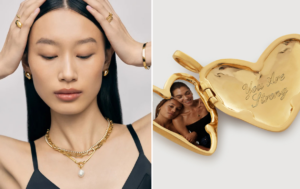Barbie at the Design Museum

If there’s one thing last year’s Barbie movie taught us, it’s that the iconic Mattel doll is ripe terrain for cultural analysis and feminist exploration. The Barbie fever that caused a pink whirlwind last summer is back, as the Design Museum unveils its ode to the 11.5” doll. An aesthetically pleasing exploration of Barbie as both a work of art and iconic cultural emblem, the exhibition boasts an impressive collection of dolls and accessories from Barbie’s inception to the modern era.
Entering the show, one is met with bubblegum-coloured walls, with each room getting pinker and more kitsch. The first room is a history lesson in the Barbie franchise, with the original 1959 doll on display in all her majesty in a glass case. Ruth Handler created Barbie out of a longing for an antidote to the baby dolls on offer to children; it was her belief that little girls craved older female role models in doll form, as opposed to toys that prepared them for maternal and domestic duties. Her feat was, of course, a success, with Barbie serving as one of the most significant aspiration figures for girls the world over.
Barbie’s role as a beacon of idealised femininity has undoubtedly been divisive; throughout the years she has been viewed as both friend and foe to impressionable young girls, at once lauded as a girlboss who demonstrates to girls that they can become anything their heart desires, and criticised for setting impossible beauty standards. But the exhibition does not delve into the dark side of the Barbie world, and there’s a notable omission of critique of a doll that has long held a contentious position in contemporary feminist discourse.
The exhibition does, however, show how Barbie has transitioned into a more inclusive doll since her inception. A room dedicated to the ever-changing face of Barbie celebrates the universality of the Mattel doll in her myriad occupations, races and sizes. There’s also the revelation that Barbie wasn’t always the girly girl she is today; pink only became her signature colour in 1977, with the launch of the sublime, fuchsia-bedecked Superstar Barbie Doll.
As much a toy showcase as a lesson in fashion history, Barbie is wide-ranging in its appeal. Curator Danielle Thom chronicles the doll’s spectacular history in painstaking detail. From a design perspective, the various incarnations of Barbie – from swinging 60s go-go girl to the contemporary glam dolls that lean into Met Gala looks – are undoubtedly impressive. Mattel has been adept at capturing the aesthetic zeitgeist, with each doll representing the sartorial milieu of the decade. The 80s dolls are particularly dazzling in their attention to detail, the outfits a kaleidoscope of technicolour intricacy. Likewise, the design of Barbie extends to her famous dream house and bevvy of cars, which have also undergone various transformations throughout the years. These, too, are impressive works of mini-architectural art.
The show is complete with toy workshops and a life-size Barbie box for photo ops, evoking the Instagram-friendly displays present at Cute at Somerset House earlier this year. Concluding with the Icon room, which takes a look at Barbie’s impact on the cultural landscape, one can’t help but feel that the exhibition ends a tad abruptly. Merely touching on Andy Warhol’s fascination with the Mattel doll, and, as such, evading Barbie’s enduring status as an LGBTQ+ icon, the final room could have benefitted from being more expansive. Accordingly, it somewhat feels like a condensed summary rather than a suitable end to a celebration of Barbie’s enduring legacy.
But it’s a minor quibble for an otherwise exhaustive and absorbing showcase of Barbiedom. For lovers of all things pink, camp and kitsch, Barbie isn’t to be missed. One should, however, be prepared to covet a vintage doll or two.
Antonia Georgiou
Photos:
Barbie is at the Design Museum from 5th July 2024 until 23rd February 2025. For further information or to book visit the exhibition’s website here.





















Facebook
Twitter
Instagram
YouTube
RSS